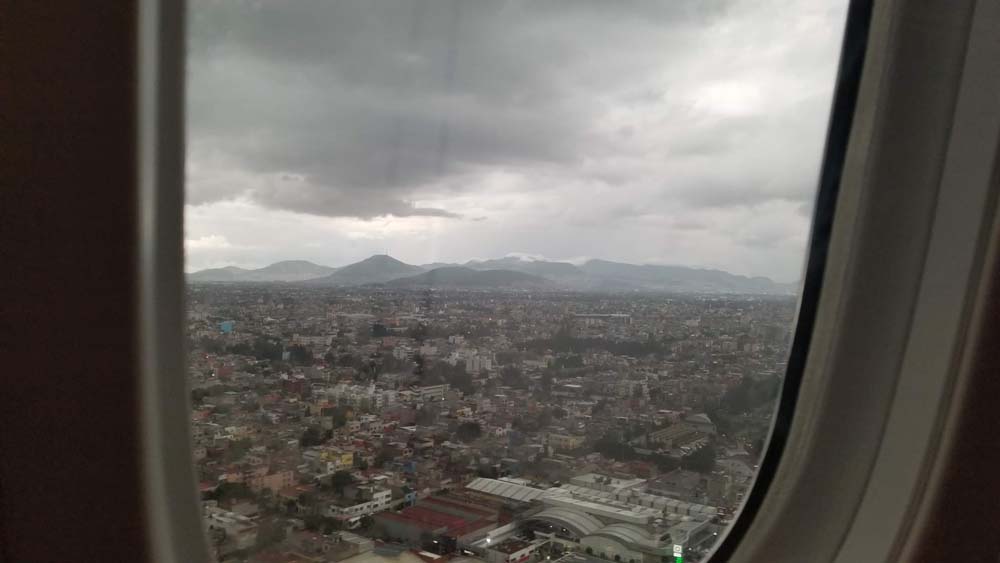 Adventuriety
Adventuriety
We arrived in Mexico City with a rainstorm, which I have learned in the last few days is a common occurrence this time of year. It was a good thing I didn’t know that getting on the plane and that I had consumed a few glasses of wine by the time the pilot informed us of heavy rain over the airport.
Like most of Scott’s trip ideas, the thought of Mexico City intimidated me for many reasons, most of which are for another blog. I had researched how to get from the airport to our apartment and decided that easing into adventure in the most populous metropolitan area in the Western hemisphere (21.2 million people) was the way to go and so I had booked a driving service to be waiting for us which I am happy to recommend (Royal Cars and Tours http://www.royalcars.com.mx/). We were through customs and moving towards Centro Historico (the historic downtown area) with Alejandro at the wheel, encountering much less adventure and excitement than I had anticipated.
While this photo is right outside our apartment, it was not the chaotic night of our arrival.
Things quickly began to feel like our type of travel when the streets around our new abode were blocked off by crowds, barriers, and police cars with flashing lights. It was dark and the heavy rain made the addresses on the buildings even more difficult to see. In addition, the milling people, lights, and closed streets were obviously disorienting for our driver. Poor guy, he couldn’t find our apartment and so we drove around and around, stopping here and there for him to talk to a police officer, park the car, get our luggage out, navigate us around people, barriers, and cars only to discover we were in the wrong place, so back to the car to try again. We definitely weren’t worth what he was getting paid that night. I’m sure he was sore the next day from carrying suitcases up and down stairs and around barriers trying to deliver us to our lodging. And contrary to all of the scenarios that flashed through my mind, it was only a movie premiere that had created all of the excitement.
That night I dreamed I was walking along a huge lake in Mexico City admiring the water and the ships sailing near the shore. In my dream, I was confused because I knew that there was no water around Mexico City. Well, come to find out, my dream was right on! The heart of Mexico City or the Centro Historico was built on what was once a tiny island in a huge lake.
About 16,000 years ago humans began migrating into what is now Mexico. Between 9,000 and 2,000 years ago, most humans in “Mexico” were doing what all of the humans in the world were doing, living a nomadic life, following food, and keeping to themselves. Although the people in the Americas lagged a little behind the rest of the world, between 9000 and 2000 years ago, humans began to control nature instead of being controlled by it. People gathered in small communities and began to farm and raise animals for food.
Eleven thousand years ago there was an enormous lake called Lake Texcoco that covered The Valley of Mexico. As the climate changed and the water receded, humans were simultaneously evolving to rely more on agriculture and less on hunting. Farming villages began to populate the areas around Lake Texcoco, where far in the distant future, Mexico City would rise with its hodgepodge of historical buildings representing both the ancient and modern world.
In 1300, the Mexica (Aztecs) were a small, nomadic tribe from the desert in the north searching for a place to settle. Legend says that they were looking for a sign and found it in an eagle and serpent fighting on a cactus near Lake Texcoco prompting them to found their new capital city, Tenochtitlan. Tenochtitlan (modern day Mexico City) was built on a tiny island in the middle of a big lake (my dream!) and so to create living and farming space, the Aztecs sank piles into the marshes and formed small land masses called chinampas, or floating gardens.
In 1337, a group broke away and started a new altepetl (city-state), Tlatelolco on the northern part of the island. We visited the Aztec ruin of Tlatelolco (above), an important site of commerce as the two cities relied on each other for trade.
At the very heart of historic Mexico City (added to the UNESCO World Heritage List in 1987 in case you’re interested), the ruins of Templo Mayor, the main temple of the Mexica (Aztec) in the capital city of Tenochtitlan (Mexico City) remain cuddled up against government buildings. Supposedly, the Templo Mayor is located on the exact spot where the god Huitzilopochtli gave the Mexica people the sign that they had reached the promised land: an eagle perched on a nopal cactus with a snake in its mouth. This symbol flies on Mexico’s flag today.
By 1430, the Mexica had integrated aspects of the surrounding tribes (those communities that developed around Lake Texcoco) and developed into a structured society. The Aztecs were talented warriors and their military became powerful as campaigns were fought and won. The Triple Alliance was eventually created with the lords of Texcoco (situated on the eastern shores of Lake Texcoco) and Tlacopan (located on the western shores of Lake Texcoco) further strengthening Aztec power.
Even though not all of the local tribes loved the Aztecs, everything was going great for them in their impressive city. Tenochtitlan developed into a metropolis, with an advanced infrastructure of causeways between islands for transport, aqueducts to carry fresh water, and sewers to dispose of waste. There was a ruler, noble classes, priests, warriors, and merchants. At the height of the Aztec empire in the early 16th century, the area surrounding Mexico City was home to over 1 million Aztec people and Tenochtitlan had a population of around 400,000, boasting an array of pyramids, temples, palaces, and marketplaces.
Then Hernando Cortés became part of the story and all of the sudden history starts to read like a violent telenovela. This is one of the benefits of traveling and for me blogging, I begin to learn what I should have learned in high school. In short, the Aztec civilization gets annihilated, along with most of the ancient Mesoamerican cultures and it really all started with Christopher Columbus. Yes, Christopher Columbus. Haven’t you heard of the Columbian Exchange? Me neither.
Christopher Columbus was born in Italy about 1451. As a teenager, he got a job abroad a merchant ship and worked until the ship was attacked and sank off the coast of Portugal. Columbus floated to shore in Lisbon (or some version of surviving the attack) and stayed there studying mathematics, astronomy, cartography, and navigation. I have come to the conclusion that Columbus wasn’t super smart but he was ambitious; he had big dreams and a plan.
Columbus wanted to sail west across the Atlantic Ocean to Asia. Trade routes across land from Europe to Asia were long and the trip was becoming more and more dangerous, besides there were fabled islands full of gold and spices near China and India. Portuguese explorers were already attempting to sail south along the west African coast, around the Cape of Good Hope, and then to Asia, but Columbus was convinced that his idea would be safer, faster and easier (and he knew the earth was round). He tried to sell this plan to Portugal and England but they weren’t interested. It was finally Spain in 1491, and the Spanish monarchs Ferdinand of Aragon and Isabella of Castile, that would support his plan. Ferdinand, Isabella, and Columbus had shared goals, they wanted treasure in the form of gold and spices and Catholic converts.
So we all know how that ended up, Columbus set off in 1492 from Spain with three boats, he found some islands (the Bahamas), and called the inhabitants “Indians.” Columbus was wrong, but he did get to explore some other islands, claim them all for Spain and according to many historians, change the course of world history. Oh, but before he changed world history, he created world history. Whatttttt??? This is the stuff I didn’t pick up on in my high school history classes.
How did Mr. Columbus change the course of world history? That is the Columbian Exchange part.
If you really want a great explanation watch the Crash Course History video above (thank you, Grant, for teaching me about Crash Course).
Columbus was determined to find a direct water route west from Europe to India and China (and stuff like gold and spices along the way). Although the first voyage didn’t work out exactly the way he had planned because he didn’t find any treasures, the natives were wearing a little bling and in that, he saw the potential for more gold at least. He sailed around the Caribean for a little while, claiming Cuba and Hispaniola for Spain, and then returned to Spain pretending triumph. He was made “Admiral of the Seven Seas” and viceroy (think CEO) of the Indies and within a few months, his second and larger voyage was underway to find that gold!
Columbus made four trips in all across the Atlantic, exploring the Caribbean and South America and while he never made it to Asia, his voyages were the beginning of the exchange of diseases, people, plants, and animals between the Old World and the New World. This exchange grew to include most of the places in the world (Africa, Asia, Europe, and the Americas, just not Australia) which is how Columbus first created “world history” and then changed the history of the entire world.
This was the beginning of the end for the indigenous population in the New World because part of that exchange was disease in the form of smallpox, measles, chickenpox, and typhus just to name a few. Historians believe that at least 50% and possibly up to 90% of native populations were killed by disease brought by Europeans (yes, you are right, Cortés and the Aztecs you’re thinking…we’re almost there). Disease went mostly one way, from the Old World to the New World with the exception of Venereal Syphilis. That’s karma for you, Old World! And the other destructive thing from the New World, tobacco.
The Columbian exchange meant more than just disease though. The Europeans introduced horses (cowboy movies, hunting, transportation), cows (cultivation) and pigs (food). From the New World came tomatoes (pizza!), potatoes (you’re welcome Ireland), peppers, corn, beans, avocados, sweet potatoes, peanuts and you get the idea…a lot of high-calorie, nutrient-rich food, which is why the world population doubled between 1650 and 1850. Okay, enough, watch the video, it’s really great…and short!
Diego Velázquez sailed to the New World in 1493 on the second voyage of Christopher Columbus. Within a few years, Hernando Cortés (important name alert), a Spanish soldier and explorer, ended up in the New World serving as a soldier under Velázquez in an expedition to Cuba (small world!). They conquered the island, Velázquez became governor and made Cortés the commander of an expedition to Mexico in 1518. Deigo changed his mind about sending Cortés to Mexico. Cortes disobeyed him and went anyway in early 1519 taking 500 Spanish soldiers and eleven ships. They landed on the Mexican coast at Yucatan. Cortés made allies with some of the indigenous people, fought with others, and then decided to conquer the Aztec empire. He got as far as taking the leader Montezuma hostage but then heard that his own arrest was imminent for disobeying orders and so he left Tenochtitlán (Mexico City). The Aztecs eventually drove the Spanish from the city, but Cortés returned and with a little preemptive help from smallpox (the Columbian exchange!) defeated them and captured the city in 1521. King Charles I of Spain (also known as Holy Roman Emperor Charles V) appointed Cortés the governor of New Spain the following year.
Spain used the Aztec city-states and local nobles to rule the indigenous populations. The nobles pledged loyalty to the Spanish crown and converted to Christianity (or at least pretended to) in return for keeping their titles under Spanish rule. Lots of things happened but for now, suffice it to say that the Spanish were busy for a few hundred years expanding their influence in different ways throughout Mesoamerica.
Columbus and Cortés are both controversial historical figures. They were horrible and caused the destruction of the Mesoamerican cultures and at the same time, they were explorers creating a new global culture. Which brings up my favorite ancient history dilemma…how do you define what is bad in history? Absolutely, there are events that are pretty black and white, but I think that there is a lot of history that lies in the gray zone of good people, bad people, and people living their lives to the best of their abilities.



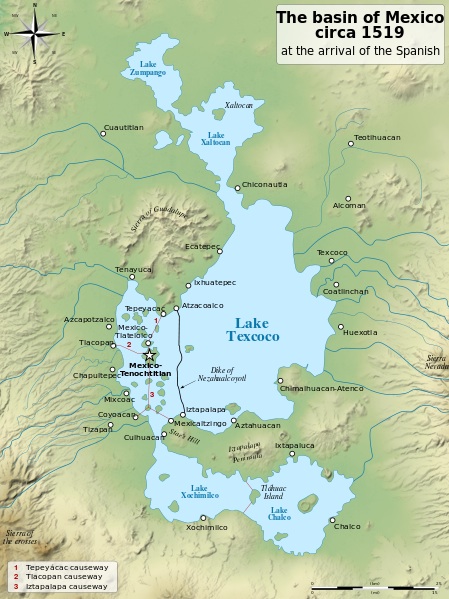
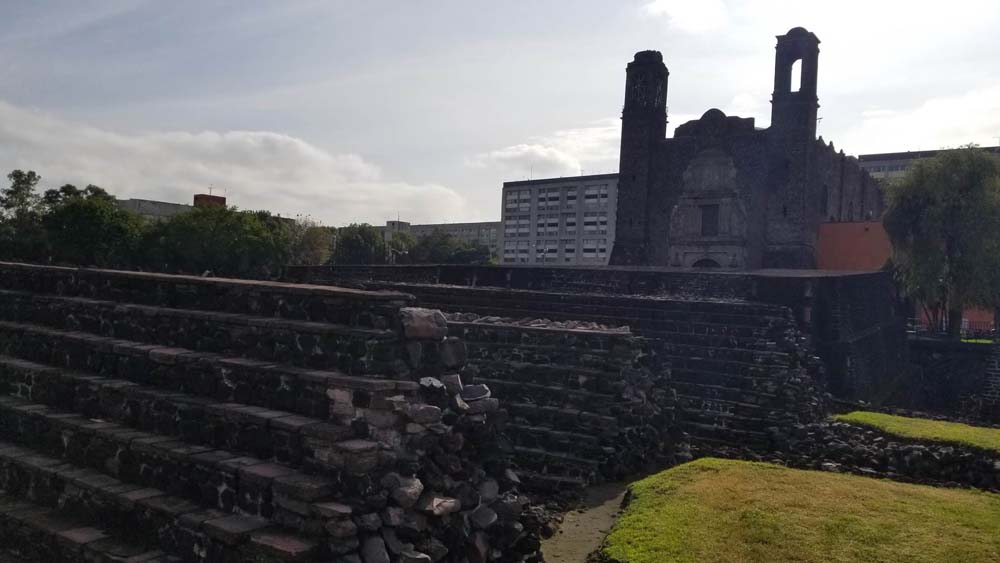

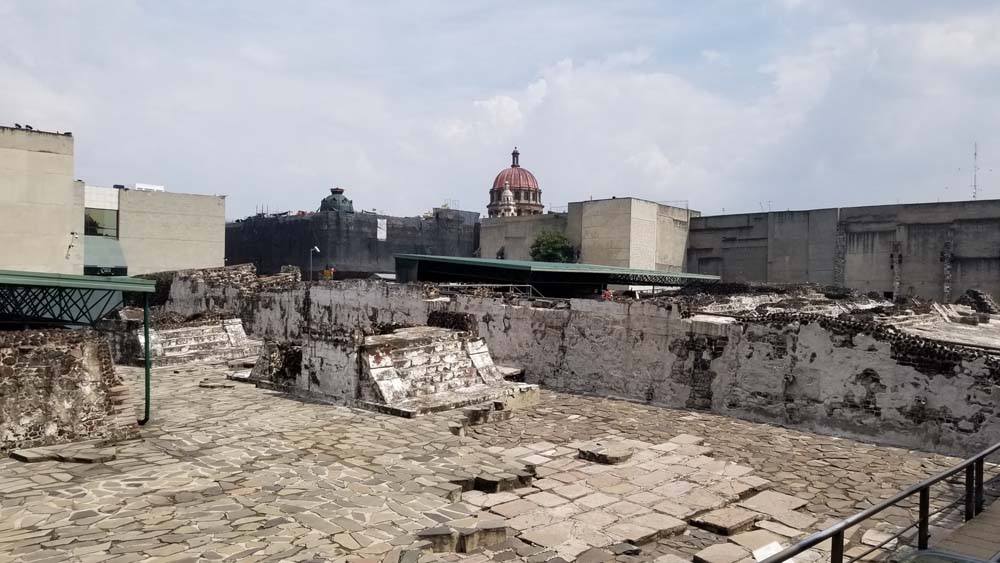
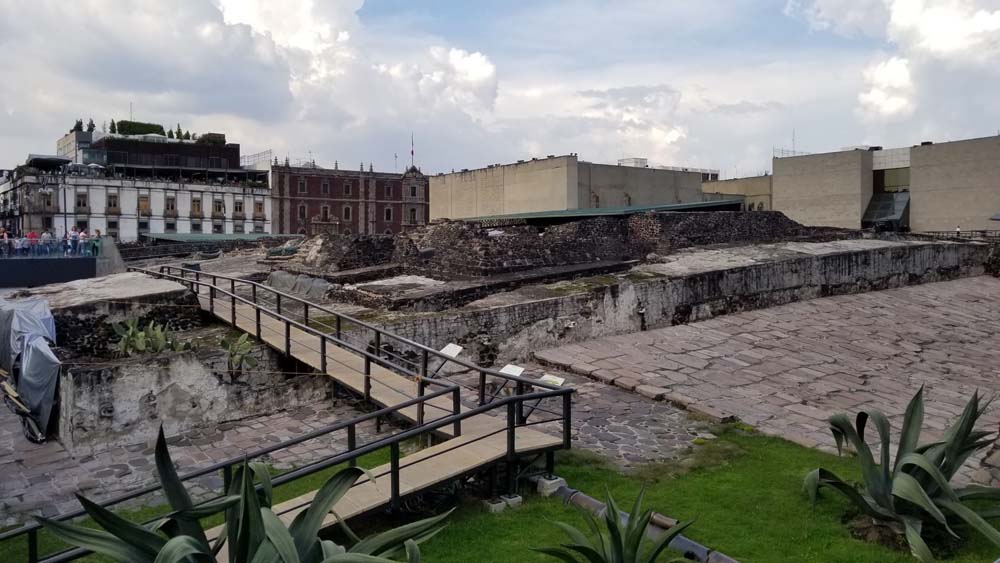
Hi, very nice website, cheers!
——————————————————
Need cheap and reliable hosting? Our shared plans start at $10 for an year and VPS plans for $6/Mo.
——————————————————
Check here: https://www.good-webhosting.com/